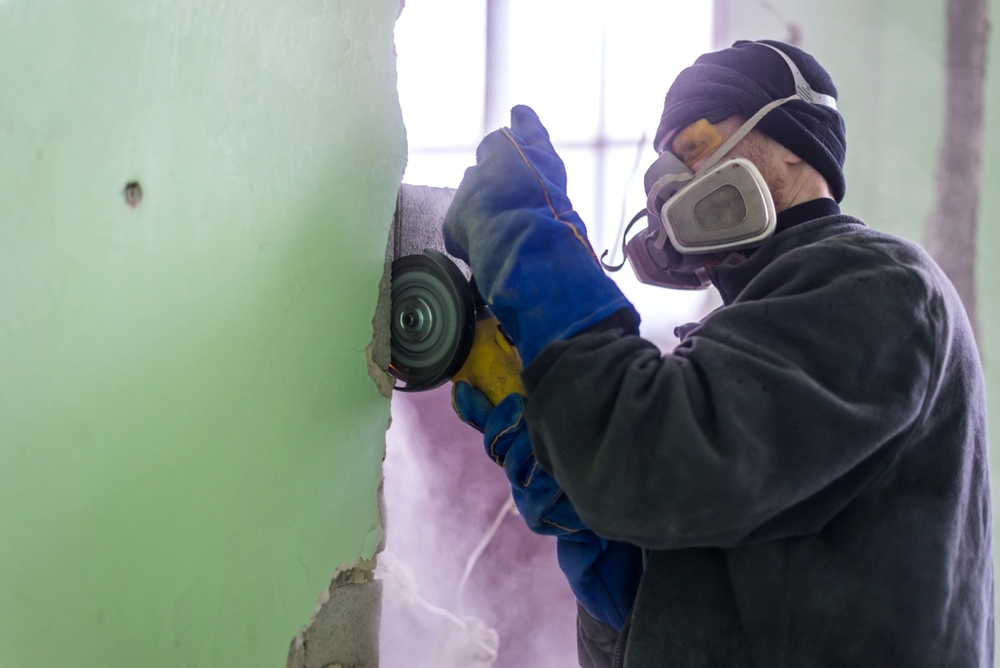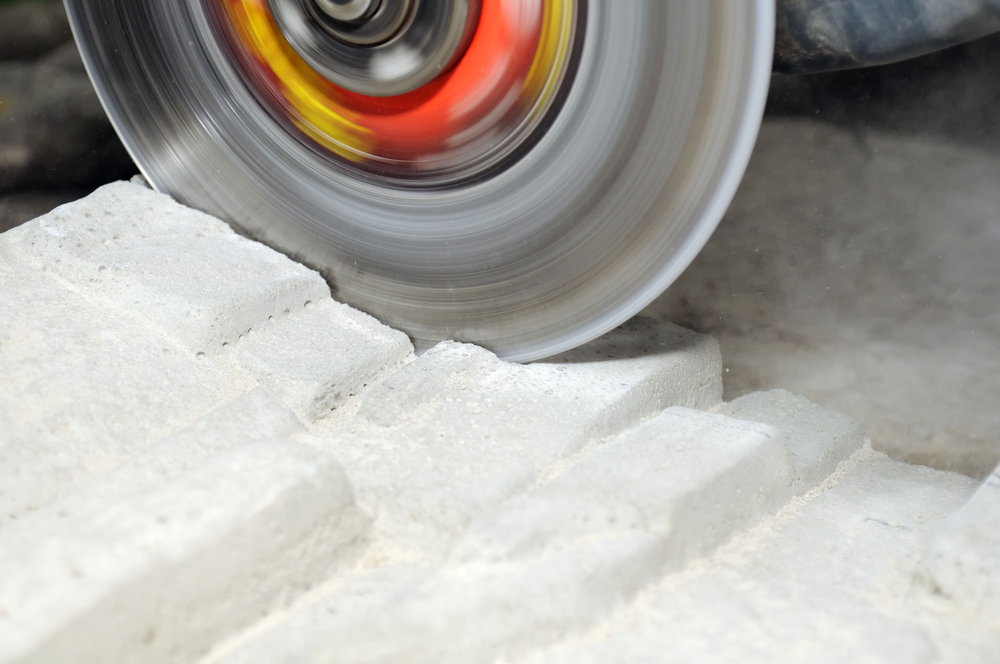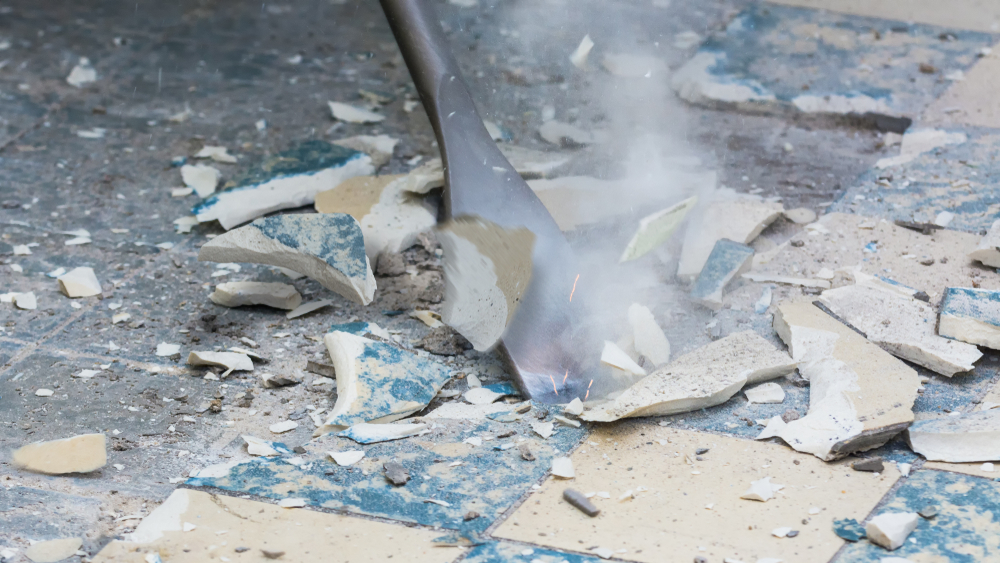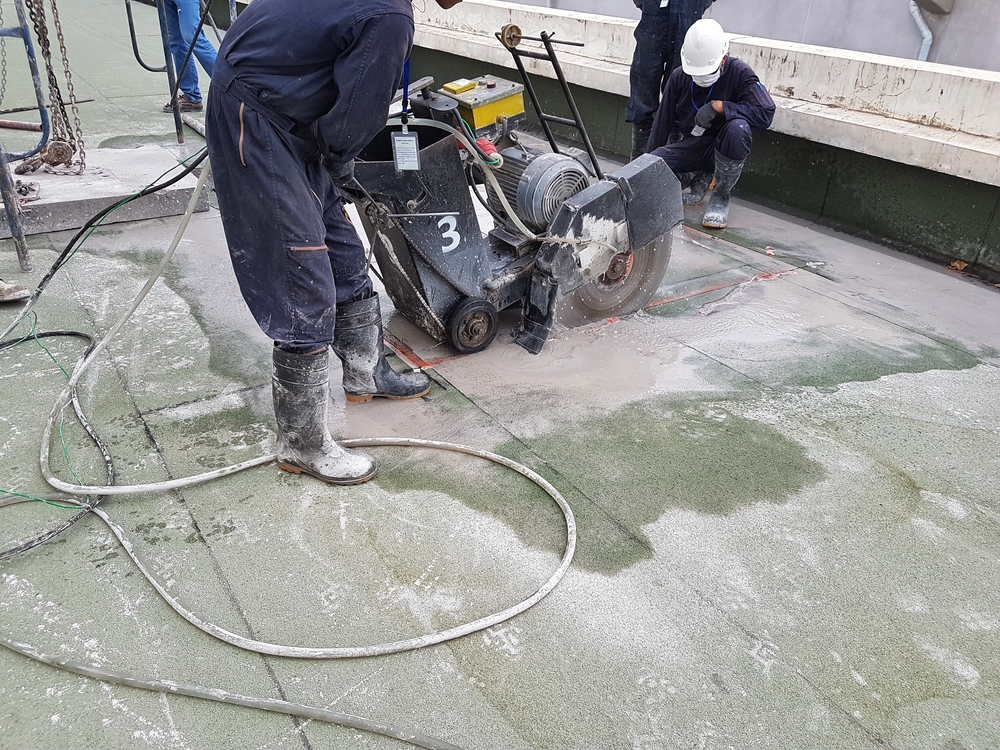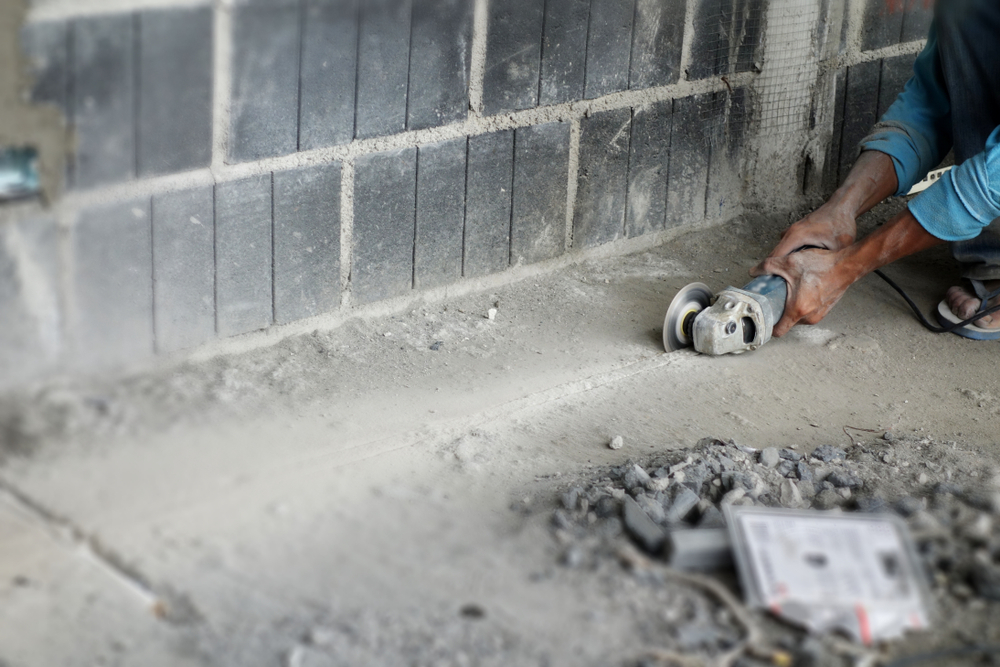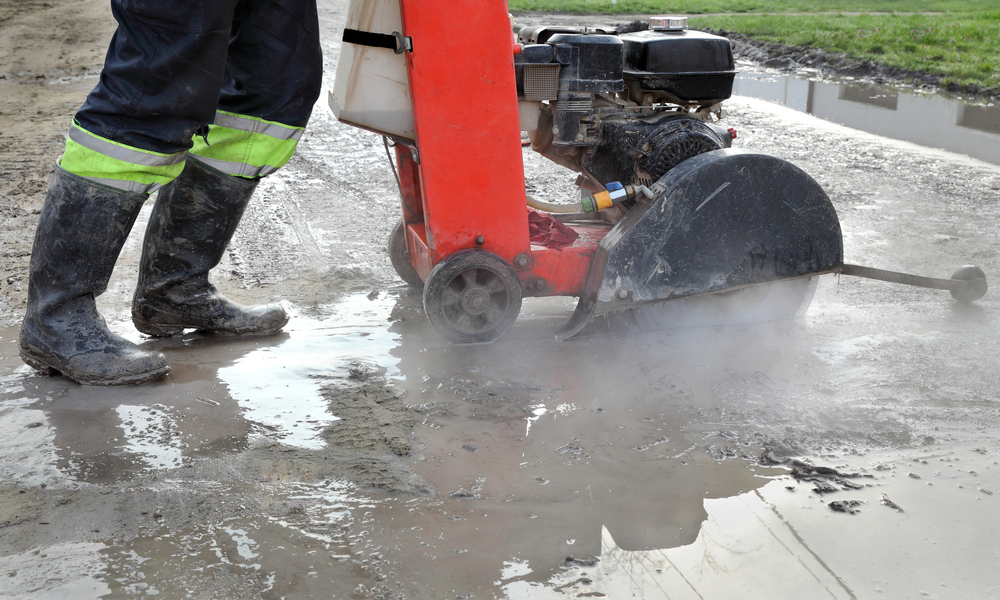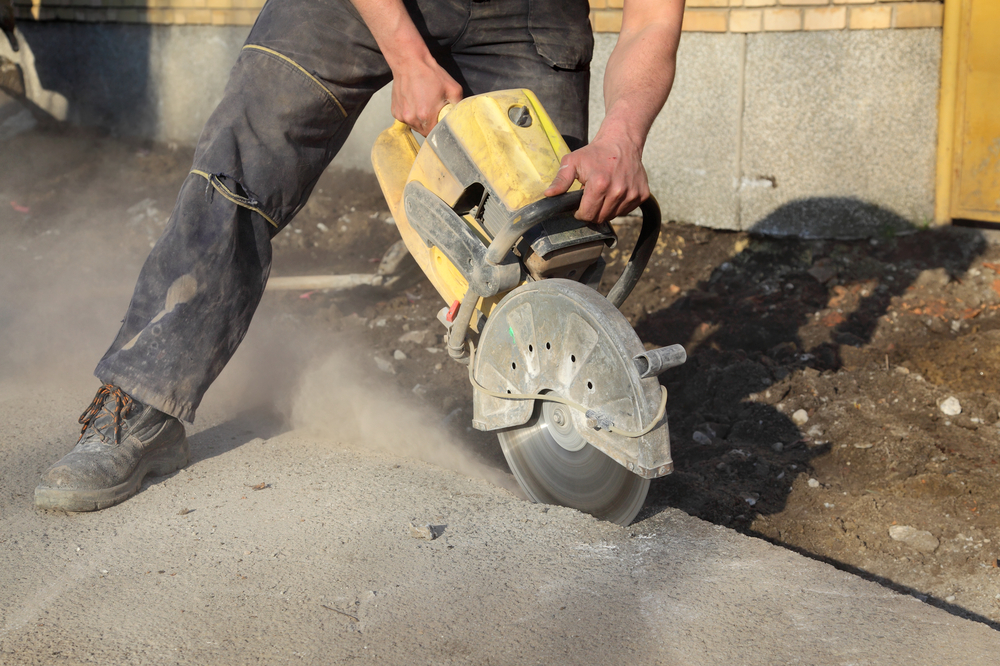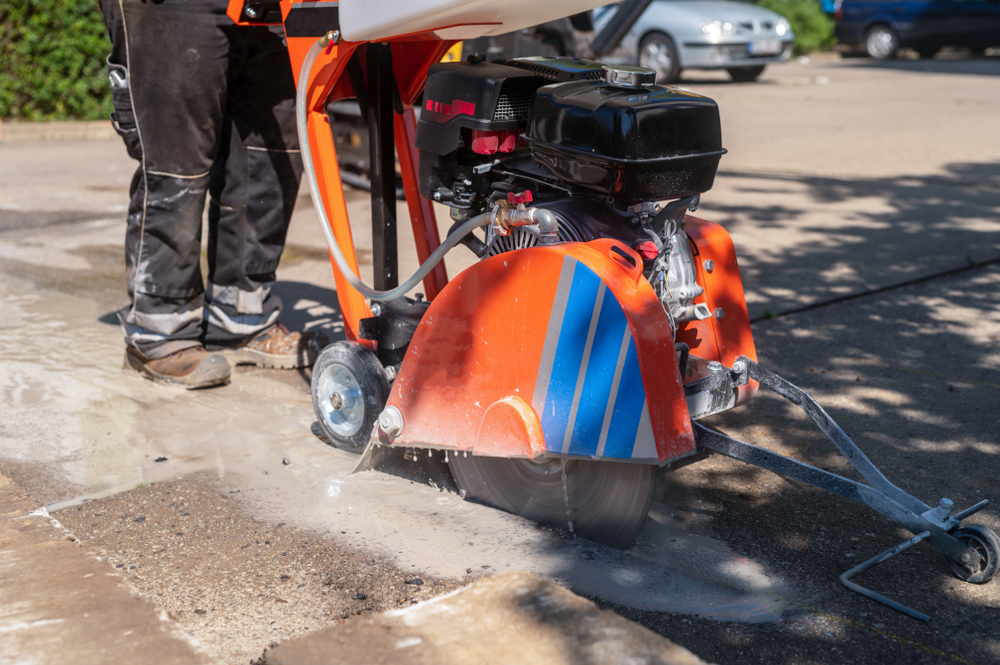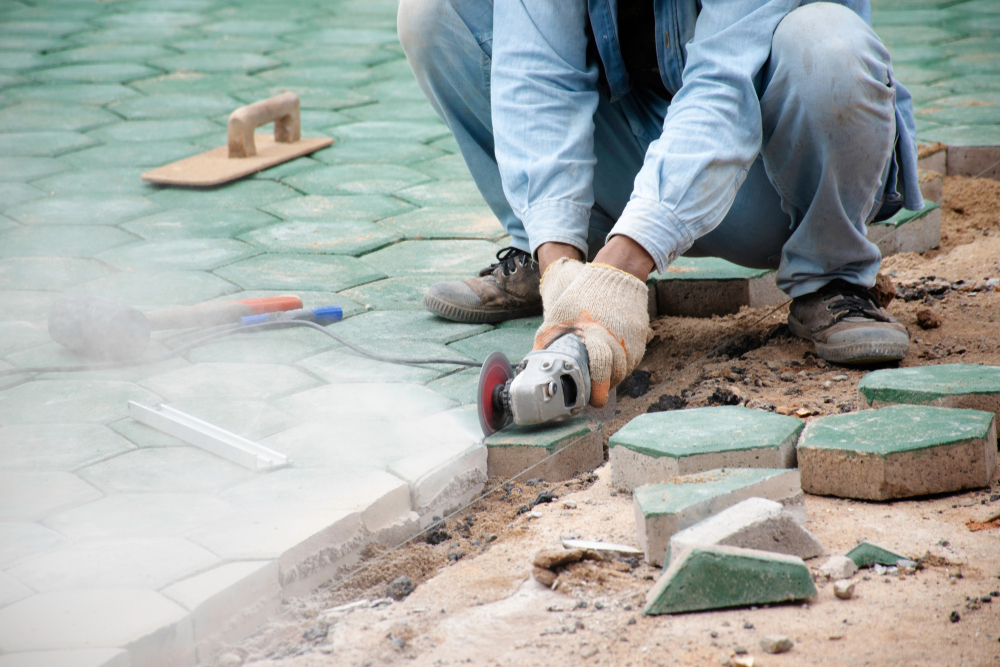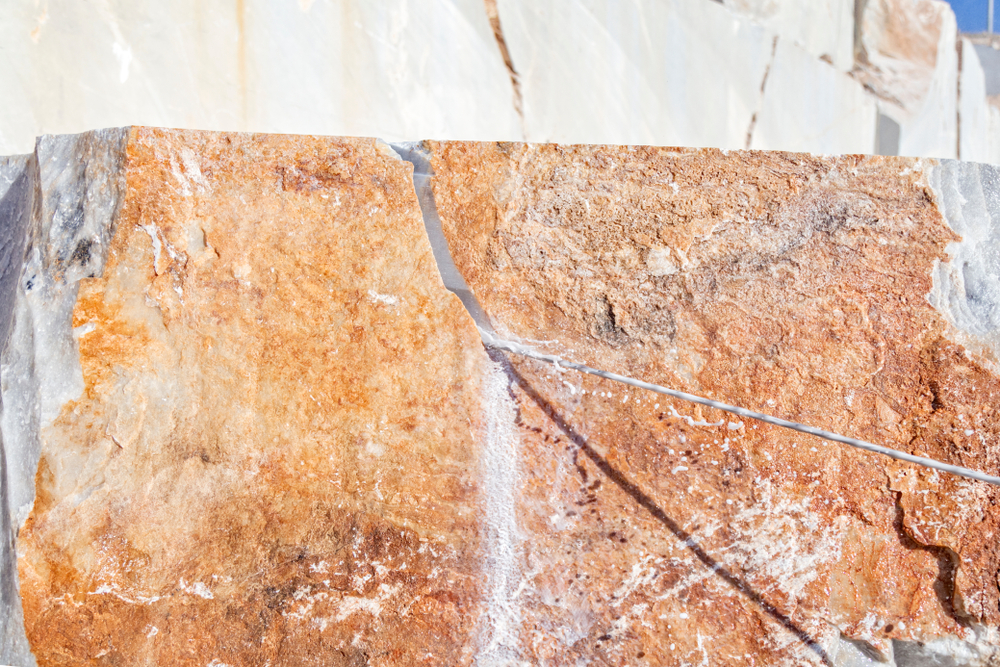Do you need to cut concrete in your home or yard for whatever reason? Did you know that indoor concrete cutting is much more different from cutting concrete outdoors? Please continue reading to learn more.
When cutting concrete indoors, it’s vitally important to take into consideration the limited spaces and cluttered areas around you.
It’s critical that you also follow the appropriate safety procedures to protect yourself as well as the dwellers in the building.
Most importantly above all things, the area should have proper ventilation before you start the cutting project.
For that extra level of comfort, you really should hire a professional concrete cutting service for such a project. However, if you decide to take the DIY route, here are some tips to consider.
- Proper Ventilation
- Right Tools
- Right Safety Equipment
- Wet Cutting Method
- The Vacuum System
- The Best Way To Cut Concrete Indoors
Proper Ventilation
Ventilation is very important when preparing your indoor space for concrete cutting. It can make the difference between a safe work environment and a hazardous one.
You should make sure that there is proper aeration available when working in a confined space.
Right Tools
You need to choose the right tools when cutting concrete in enclosed spaces. This will ensure that accidents are kept to a minimum.
With the latest technological developments in the industry, you can easily find the appropriate cutting tools to work in confined spaces. These tools will let you work comfortably even in confined spaces.
You should also use a vacuum or water for dust suppression when working in restricted indoor spaces.
Right Safety Equipment
Apart from taking care of the working environment, you need to protect yourself and take care of your health when cutting concrete indoors.
Continuous exposure to concrete dust can result in various respiratory illnesses. If your skin comes into contact with wet concrete this may lead to skin rashes, burns, and irritations.
If concrete pieces come into contact with your eyes, it may require immediate medical intervention. That’s why you need to use the right safety gear to protect yourself from such things.
A dust mask, safety goggles, thick gloves, thick clothes, and boots are important to protect yourself when cutting concrete indoors.
Wet Cutting Method
The wet cutting process is a safe and cost-effective method of cutting indoor concrete slabs.
However, you need to consider water damage to indoor surfaces when you use this method to cut concrete in your home or office.
Use preventive measures and sheeting to ensure protection to the indoor areas when using the wet cutting method to cut indoor concrete.
The Vacuum System
The vacuum system is another effective process of cutting indoor concrete and preventing the dust from being airborne and affecting your health and well-being.
The vacuum system directly attaches to a hydraulic chain saw to use this method successfully. This system is ideal for collecting the slurry resulting from the wet concrete cutting method.
The concrete slurry will be collected in a secure tank – which can easily be rolled around on the job site.
Today, there are advanced vacuum systems with attached floor squeezers mounted on the tank for ease of use.
The Best Way To Cut Concrete Indoors
The best way to cut concrete indoors is to hire a professional concrete cutting service.
With dozens of concrete cutting services operating in Melbourne, choosing the right service for your project may not be easy.
There are many things to consider when choosing a reputable and experienced concrete cutting service.
If you are looking for a specialist concrete cutting company who uses only the best practices to get the job done right, then please call us at Megasaw on 1300 920 419 or contact us through our website.

